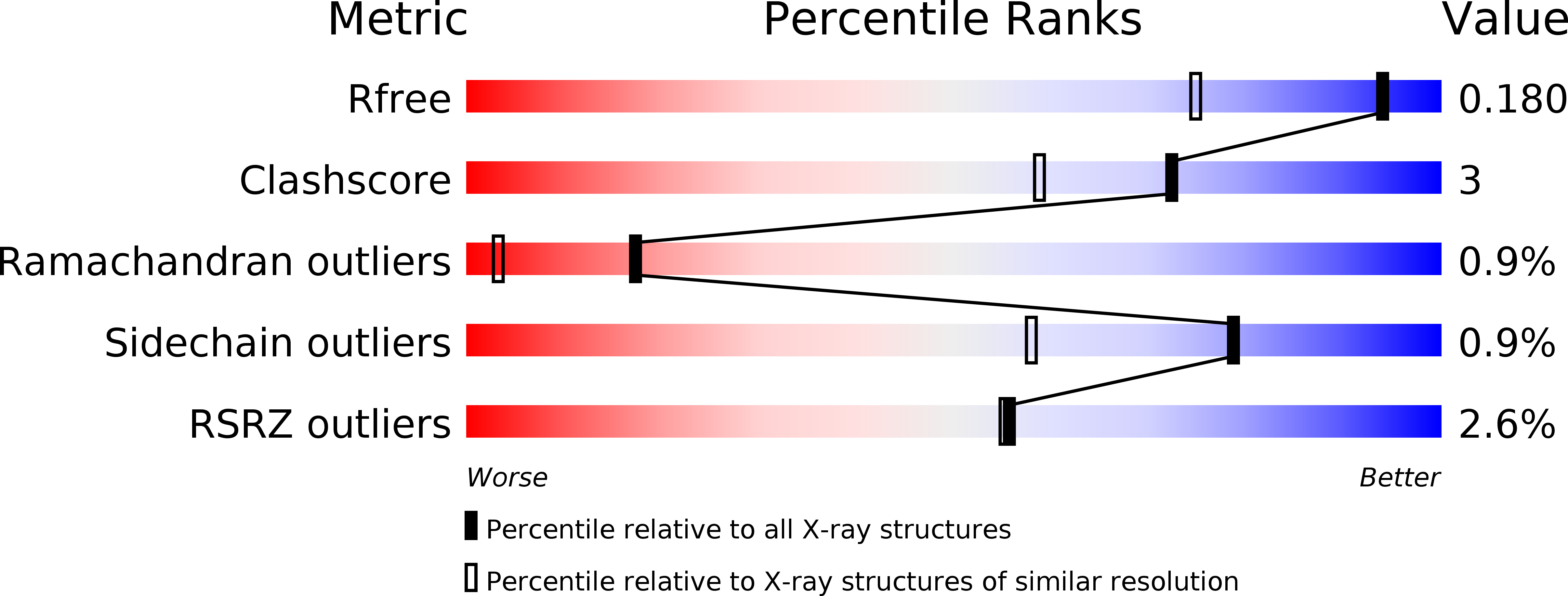Abstact
The products of PI 3-kinase activation, PtdIns(3,4,5)P3 and its immediate breakdown product PtdIns(3,4)P2, trigger physiological processes, by interacting with proteins possessing pleckstrin homology (PH) domains. One of the best characterized PtdIns(3,4,5)P3/PtdIns(3,4)P2 effector proteins is protein kinase B (PKB), also known as Akt. PKB possesses a PH domain located at its N terminus, and this domain binds specifically to PtdIns(3,4,5)P3 and PtdIns(3,4)P2 with similar affinity. Following activation of PI 3-kinase, PKB is recruited to the plasma membrane by virtue of its interaction with PtdIns(3,4,5)P3/PtdIns(3,4)P2. PKB is then activated by the 3-phosphoinositide-dependent pro-tein kinase-1 (PDK1), which like PKB, possesses a PtdIns(3,4,5)P3/PtdIns(3,4)P2 binding PH domain. Here, we describe the high-resolution crystal structure of the isolated PH domain of PKB(alpha) in complex with the head group of PtdIns(3,4,5)P3. The head group has a significantly different orientation and location compared to other Ins(1,3,4,5)P4 binding PH domains. Mutagenesis of the basic residues that form ionic interactions with the D3 and D4 phosphate groups reduces or abolishes the ability of PKB to interact with PtdIns(3,4,5)P3 and PtdIns(3,4)P2. The D5 phosphate faces the solvent and forms no significant interactions with any residue on the PH domain, and this explains why PKB interacts with similar affinity with both PtdIns(3,4,5)P3 and PtdIns(3,4)P2.



